With this post, we continue our exploration of unexpected takes on concrete furniture designs. This time, we have focused on the contrast between the concrete’s true properties and bespoke designs that endow it with softness and fluidity generally not associated with this hard and resistant material.
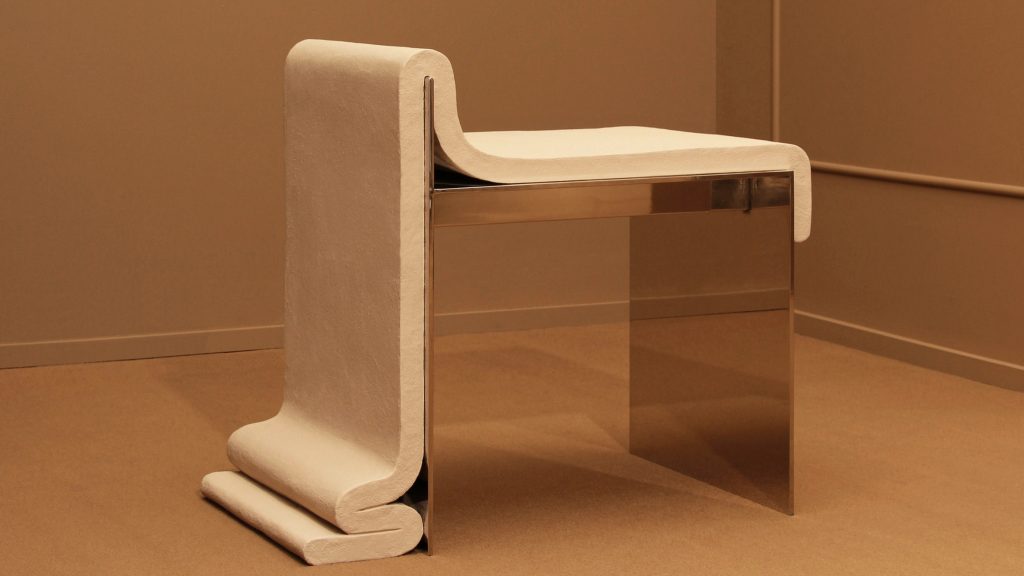
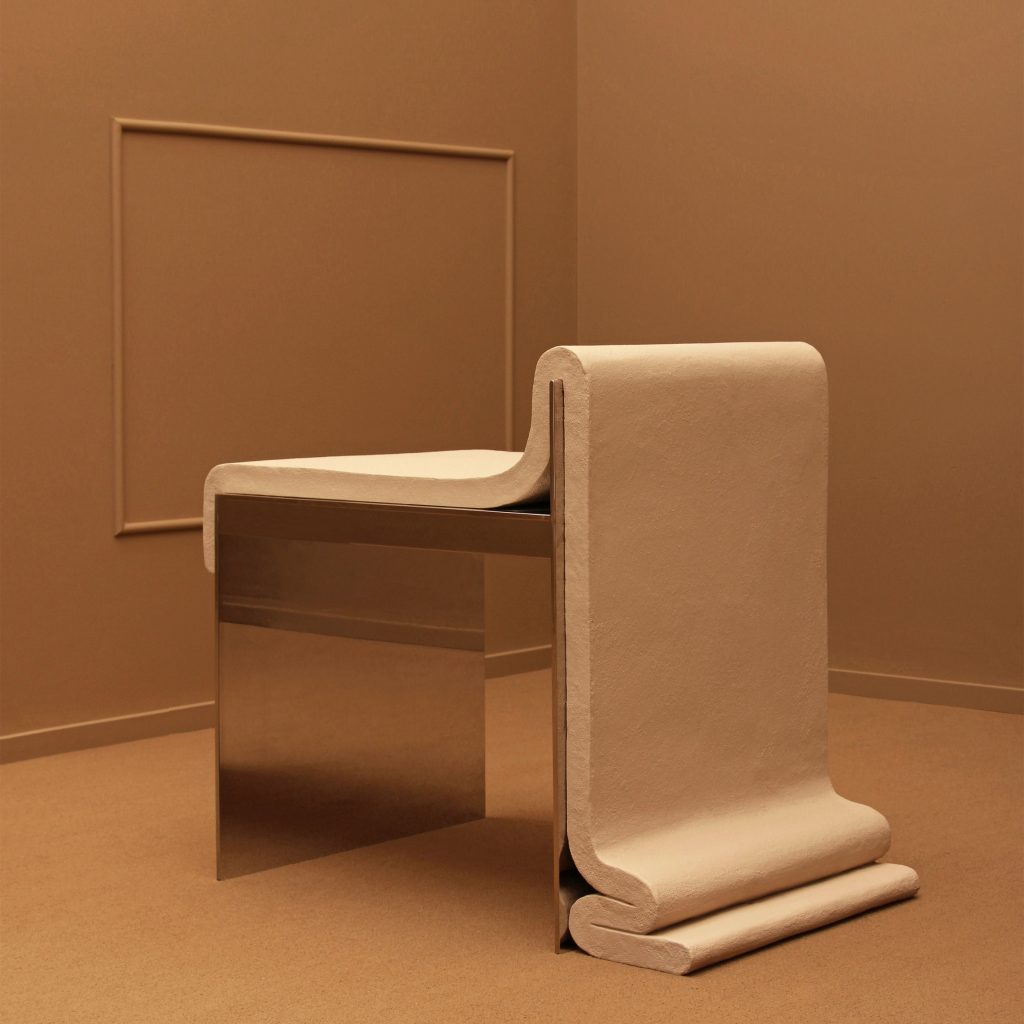
Concrete Melt Chair by Bower Studios (also header image)
Inspired by an ancient Egyptian chair, Concrete Melt Chair by New York City’s Bower Studios exploits the contrast between true properties of material and its perceived properties shaped by form. While appearing to be liquid, the material is set hard in place.
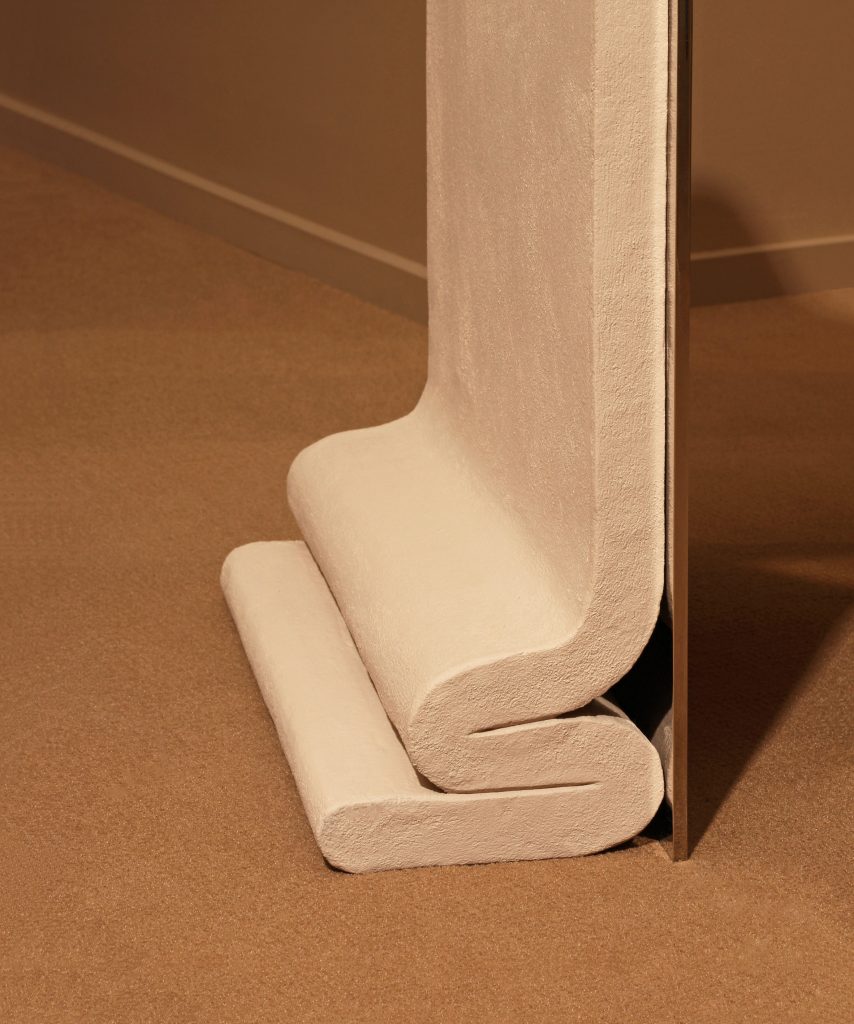
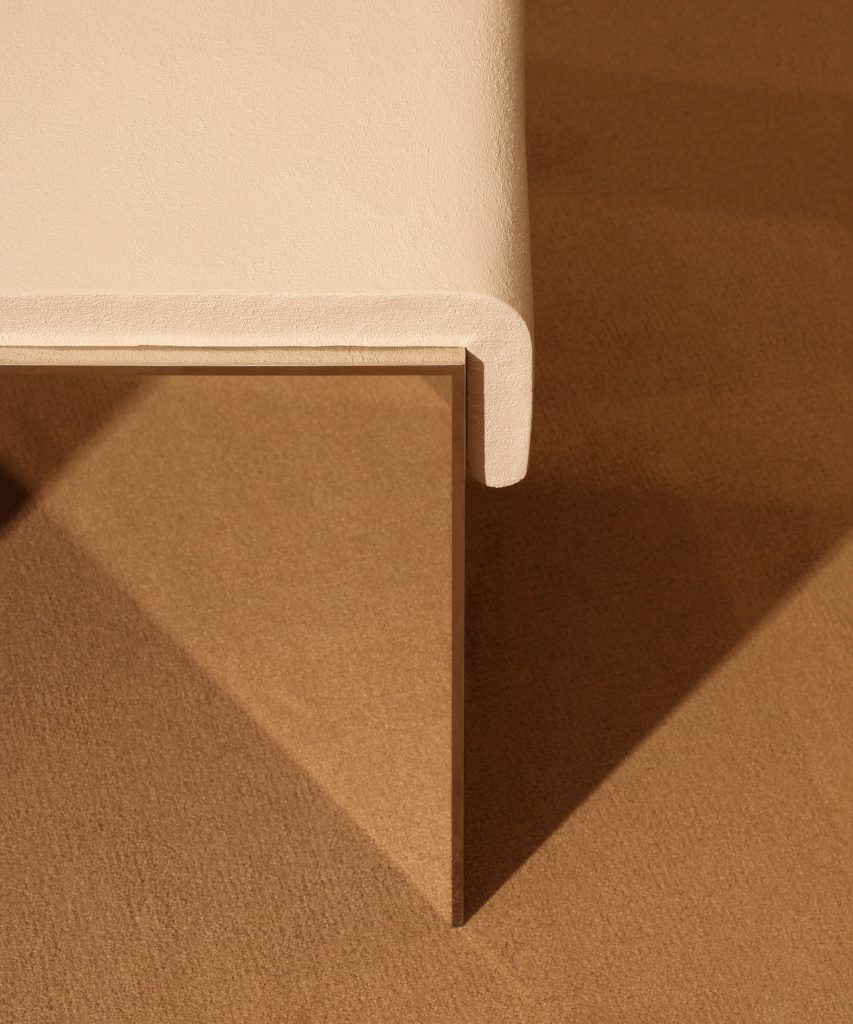
Concrete Melt Chair by Bower Studios
As the chair’s name suggests, the curvilinear shape of the pale concrete top forming folds draping over a metallic base onto the floor is meant to look like it has melted. The concrete has a pale, off-white hue and textured surface that comes in contrast to the reflective chrome-plated brass.
The chair is a re-interpretation of the studio’s original Marble Melt Chair designed for design gallery The Future Perfect. The limited edition in concrete includes only 20 pieces.
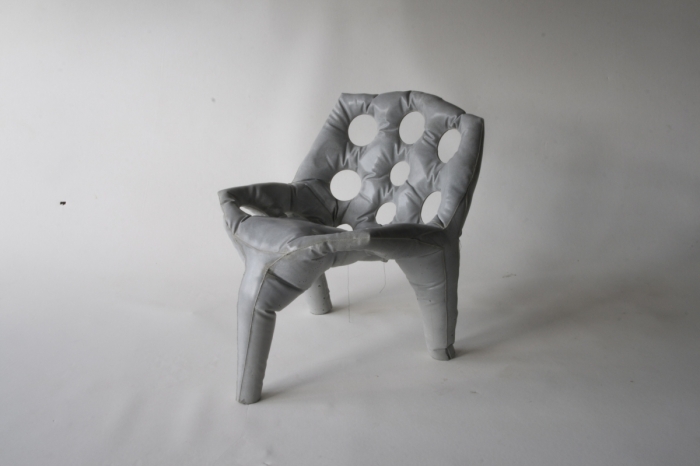
Concrete furniture by Remy & Veenhuizen
Dutch designers Tejo Remy & René Veenhuizen have also tried to play on the contrast of what the material is really like and what it may seem because of its form. Trying to create outdoor furniture that was tactile and soft, even though it was made from concrete, the duo experimented with pouring concrete and foam into flexible, textile moulds.
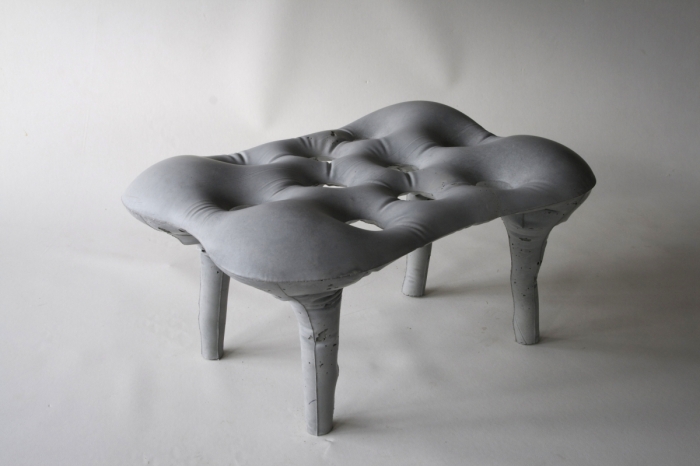
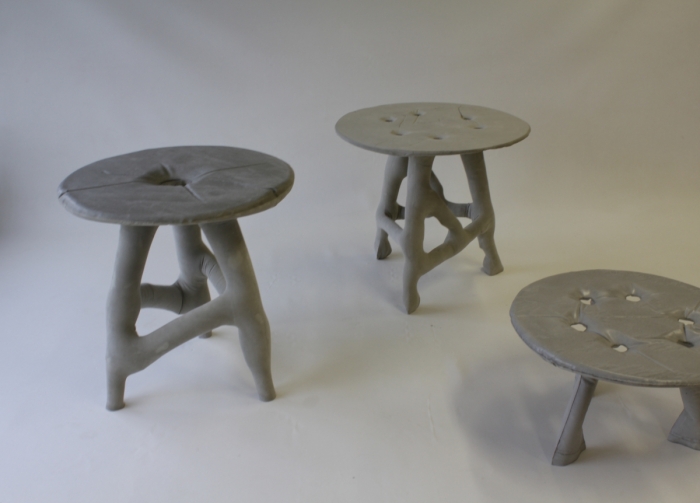
Concrete furniture by Remy & Veenhuizen
The resulting Soft Moulding technique was used for several pieces of furniture, including two chairs, a bench and table. The series appears to be made of inflated fabric, but actually is made from poured concrete. All items have been cast as a single piece in individual molds created from waterproof PVC or plastic sheeting and reinforced with steel rods and metal fibres that add stability. Within two days the works are solid enough for the mold to be cut off; and, within two weeks, the furniture is completely dry.
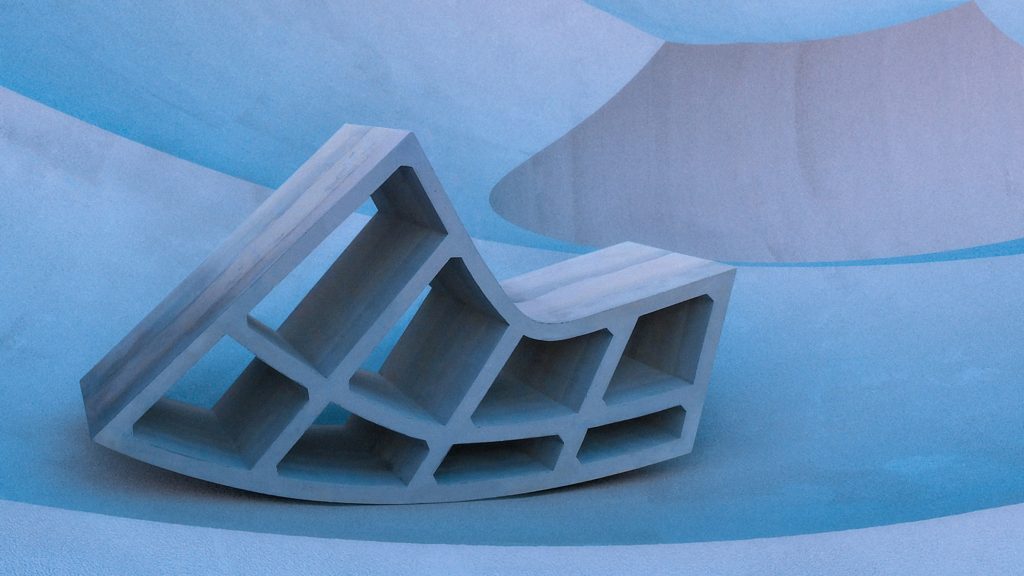

Rockito by Thomas Musca and Duyi Han
By contrast to the first two designs, young designers and Cornell University graduates Thomas Musca and Duyi Han have teamed their skills to develop a collection of brutalist furniture characterized by chunky angles and geometric voids. The monolithic forms are intended to pay homage to brutalist architecture, which emerged in Great Britain in the 1950s.
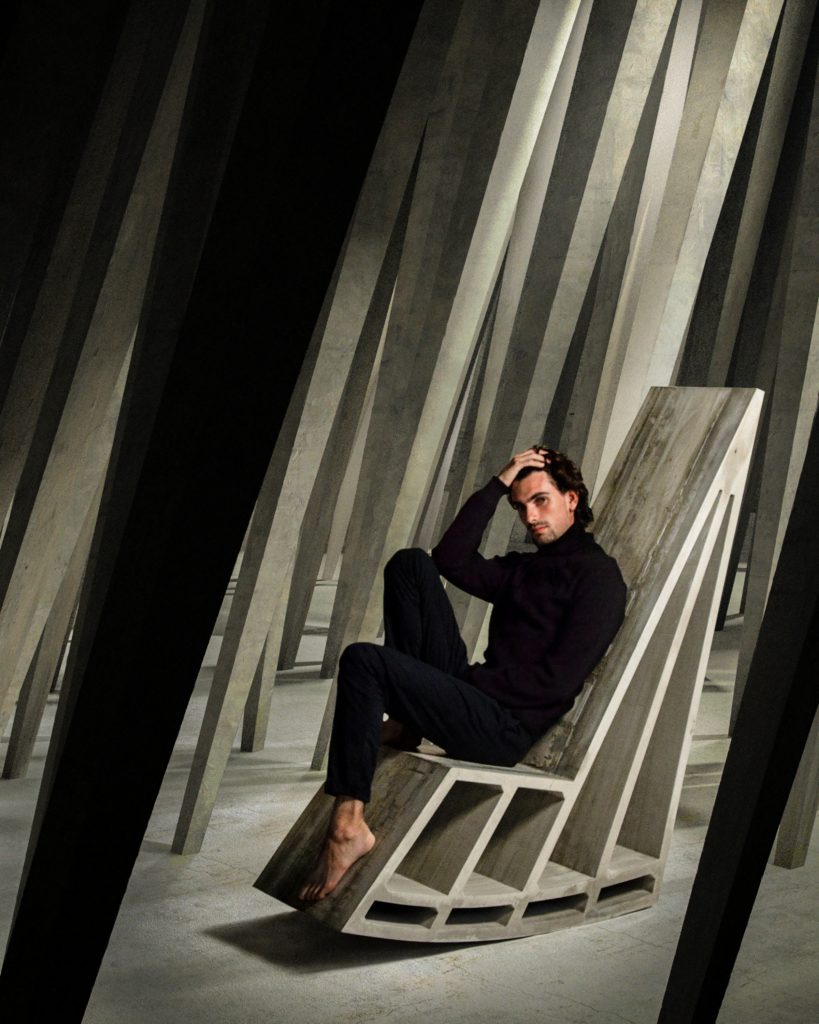
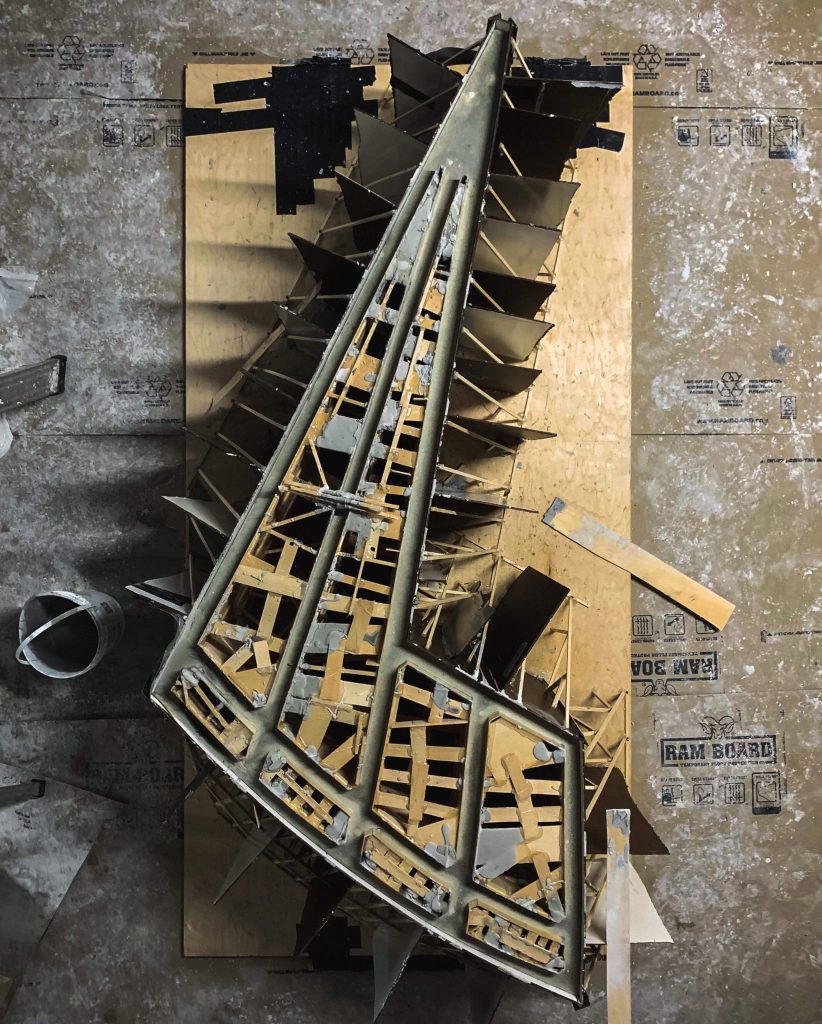
Rocker Chair by Thomas Musca and Duyi Han
The duo aimed to create things that are practical and useful without sacrificing beauty and sleekness. The three extremely versatile designs that play well in all sorts of settings include Rockito, a modern take on the traditional rocking chair, similarly designed Rocker Chair with a tall upright back, and a slightly tilted Kink Chair.
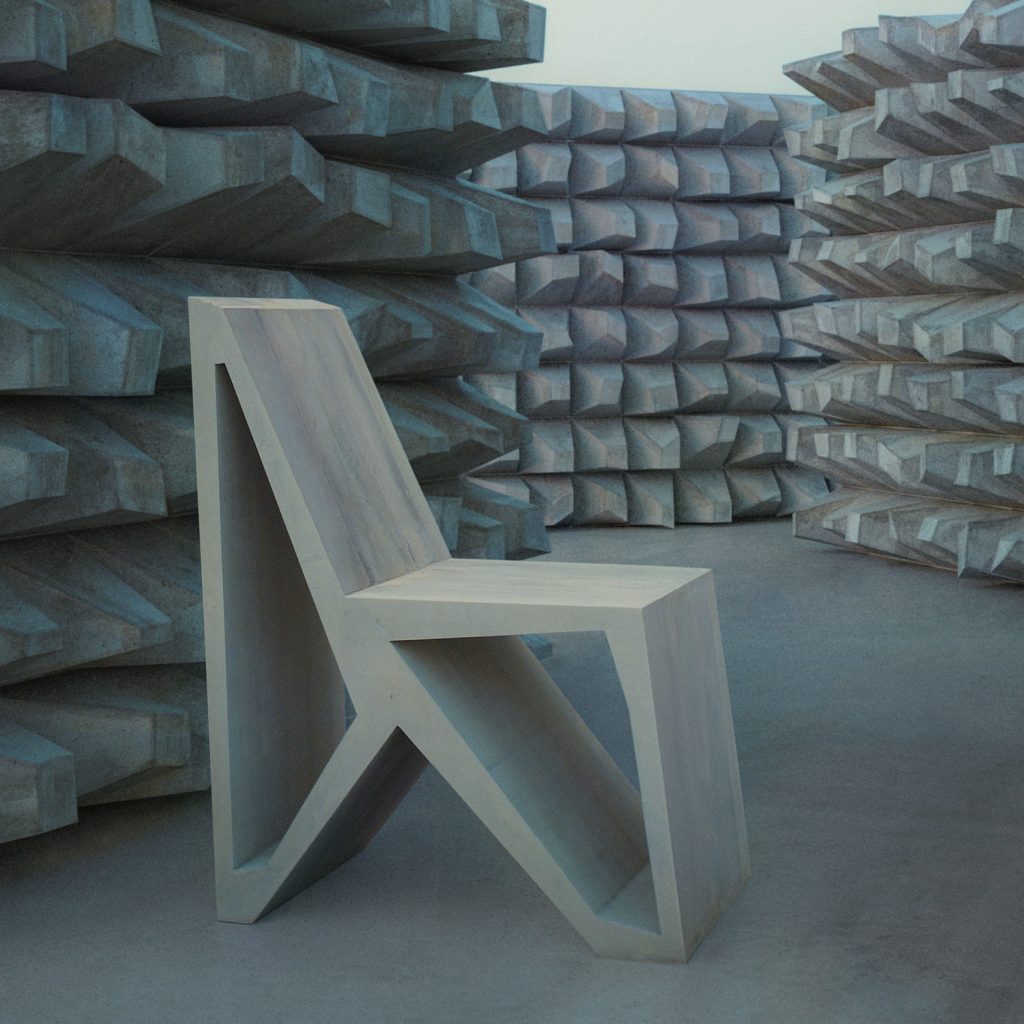
Kink Chair by Thomas Musca and Duyi Han
Each of the pieces is first modelled using digital software and then built as a basswood mould, which is then cast using glass-fibre reinforced concrete (GFRC).